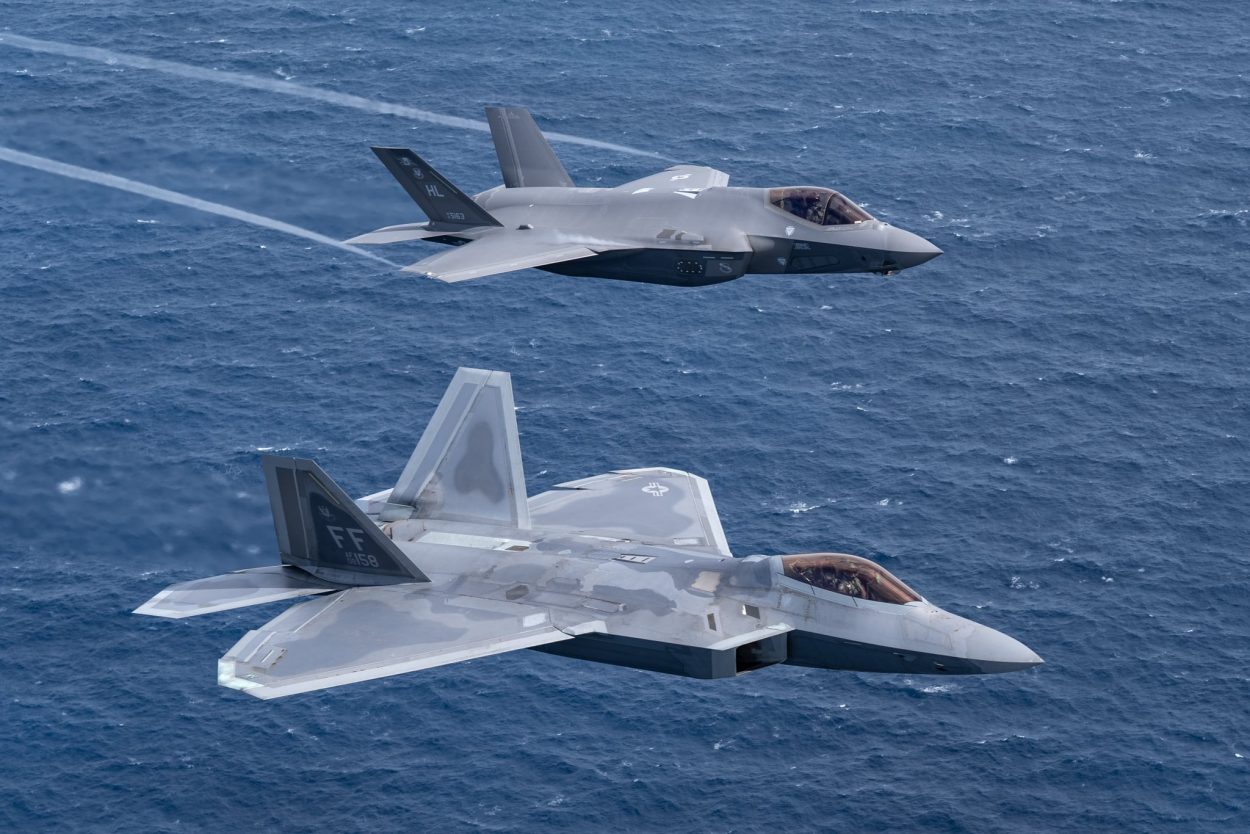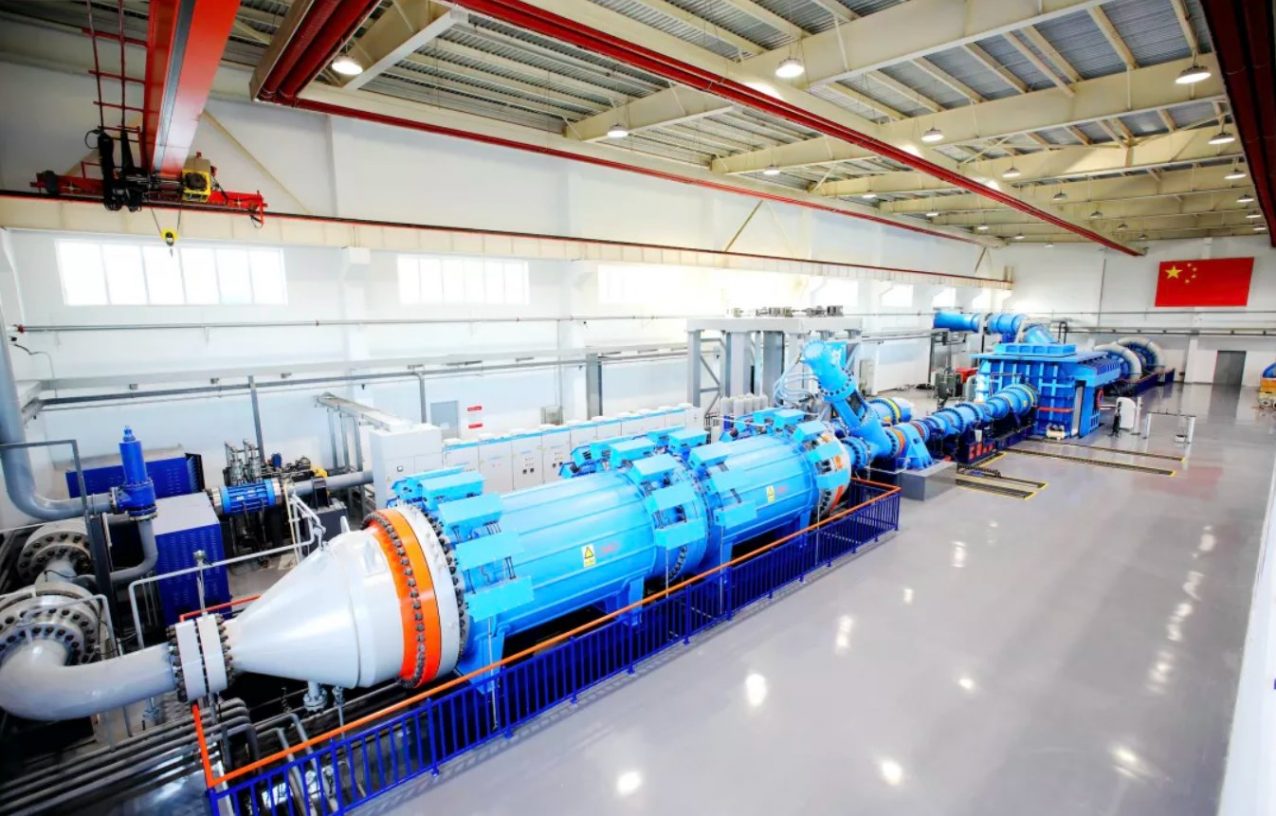Chinese scientists have made a startling claim about its hypersonic weapons program after a series of tests it carried out last year. In what could be termed as a modern-day arms race, China has moved with unprecedented speed to acquire and upgrade its hypersonic capabilities.
Destroying Its Own Nuclear Arsenal — Meet The Only Country In The World That ‘Built & Buried’ Its Nukes
Chinese scientists have claimed that they have produced next-generation hypersonic weapons with infrared homing advancements that the US military may not have until 2025.
According to the researchers, heat-seeking capabilities allow Chinese hypersonic missiles to home in on practically any target with remarkable accuracy and speed, including stealth aircraft, ships, and even moving vehicles on the street.

This could cause widespread concern in the United States when viewed alongside the claims made by a Chinese military expert.
According to South China Morning Post, a Chinese military expert had earlier said that “a ground-to-air hypersonic missile could catch up and destroy an F-22 (Raptor) in seconds if it fired a missile or dropped a bomb from short range”.
Additionally, according to the US Air Force, heat-seeking missiles have shot down around 90% of all aircraft lost during the 1980s, and stealth fighters like the F-22 could be potential targets since their coating materials heat up easily in flight.
China’s ‘Treacherous’ Border Laws Comes Into Effect; Beijing Can Even Use Nuclear Weapons To Seize ‘Disputed Land’
The F-22 Raptor is not only a lethal American fighter but also an important part of the Global Strike Task Force which is responsible for fielding combat-ready forces for nuclear deterrence and global strike operations.

The susceptibility of this aircraft to be tracked and shot by heat-seeking missiles makes the Chinese claim about its hypersonic missiles all the more significant and could send shock waves in the United States.
A hypersonic missile’s ability to search for, identify, and lock on to a target based on its heat signature when flying at low altitudes where the air is thicker could revolutionize conventional warfare, according to Chinese researchers from the National University of Defence Technology’s hypersonic infrared homing program.
Earlier, China had showcased what was touted to be revolutionary radar at the Zhuhai airshow, as previously reported by the EurAsian Times. Called the YLC-8E, it was described as the world’s first anti-stealth radar system operating in the UFH band, as well as a pioneer in special high-frequency radar technology and active phase-controlled array radar combined with a revolutionary anti-stealth sharp device.
At Americas’ Mercy: Why France’s ‘Highly Prized’ Rafale Fighter Jets Are Dependent On US Approvals For Their Export
The YLC-8E system has been promoted by the Chinese as a “super radar” that can identify American F-22 and F-35 fighter jets. Now, combined with the infrared homing or heat-seeking hypersonic missiles, China seems to be sending a signal to the United States that its Raptors might not be danger-proof from a Chinese attack.
What Is A Heat-Seeking Missile?
Heat-seeking, also called infrared homing, is a passive missile guiding technology that tracks and follows a target by emitting electromagnetic radiation in the infrared section of the spectrum.
Infrared is just below the visible spectrum of light in frequency and is radiated powerfully by hot bodies; therefore missiles that employ it are commonly referred to as “heat-seekers”.
Heat sensing at hypersonic speeds is difficult, but senior scientist Professor Yi Shihe said in a study published on December 15 in the domestic peer-reviewed journal Air and Space Defence that China has accomplished “a number of basic technology advances that have been proven effective in tests.”
In an article, Yi stated, “Precision guidance with infrared imaging technology is a force multiplier for hypersonic weapons.”
‘Indian Military Out’: Why Is Anti-India Campaign Rapidly Spreading In Maldives While Diplomats Seek More Protection?
“If one party takes the lead in developing mature hypersonic weapons, that party will have an unbeatable asymmetric offensive advantage.”
“With effective hypersonic precision attack weapons, classical warfare’s key value of strategic depth’ will vanish. All of a country’s essential political, economic, and military assets will be jeopardized.”
The surface of a missile becomes so hot at high Mach numbers that the heat signal of a target can be drowned by background noise. Because no glass material could endure the intense heat and shock waves, the infrared window would fracture.
3/ ??China's DF-17 hypersonic missile can travel at 10 times the speed of sound (Mach 10) and carry a nuclear warhead pic.twitter.com/992RbesKsn
— Indo-Pacific News – Watching the CCP-China Threat (@IndoPac_Info) October 22, 2021
Scientists from all over the world advocated lowering the temperature by splattering liquid on the window or putting cooling tubes beneath the glass. According to Yi and his colleagues, the majority of these concepts were useless or overly complicated.
The Chinese researchers used an air-blowing device to create a small layer of chilly air in front of the infrared window, lowering the heat on the glass. This strategy has been tried before but failed because the cooling air could generate severe turbulence, distorting the heat signal and resulting in a blurry, flickering, and less accurate placement of the target.
With a series of discoveries, Yi’s team was able to address this challenge. To eliminate signal distortion, they built a small, light device that could emit a very cold stream of inert gas at more than three times the speed of sound.

They were able to cram 40 micro-vortex generators into the air-cooling apparatus in order to generate airflows that could break up the turbulence. They also devised a new mathematical model that enabled them to better forecast and minimize optical distortion as missiles accelerated and homed in on targets at varying attack angles, according to the SCMP report published on December 31.
Implications For America
This advancement was made possible by a huge number of trials carried out in Changsha’s KD-01 wind tunnel, a leading research facility for hypersonic infrared homing technology.
According to Yi, the wind tunnel featured a unique technology that allowed researchers to monitor turbulence over glass at a resolution more than 120 times higher than facilities that used American technology.
The development of hypersonic capabilities by China has already triggered an arms race. Earlier this year, China tested a hypersonic missile that went around the world. Not just this, reports had emerged about some unnamed Pentagon officials further revealing that the missile test included the launch of a separate missile from the ultra-high-speed vehicle. This is a feat not demonstrated by the United States yet.
However, the Missile Defense Agency (MDA) of the United States has given the Stratolaunch aerospace business a contract to build a target that simulates specific hypersonic threats, as previously reported by the EurAsian Times. This is indicative of the internal efforts in the US to counter the Chinese hypersonic threats.
We are excited to announce a research contract with the Missile Defense Agency. The study will utilize our test service to augment @DeptofDefense flight test resources in order to understand how to engage and intercept hypersonic threats. Read more: https://t.co/I6RANuEnxG pic.twitter.com/r7kfBI5N7I
— Stratolaunch (@Stratolaunch) December 8, 2021
However, with China’s recent claims about infrared homing missiles that can operate on hypersonic speed, the United States could have more reasons to worry.
US Defense Advanced Research Projects Agency (DARPA) had in February asked several companies, including General Electric and Lockheed Martin, to create infrared sensors for hypersonic missiles. The creation and testing of their sensors will take at least four years, according to their contracts.
- Contact the author at sakshi.tiwari9555@gmail.com
- Follow EurAsian Times on Google News




